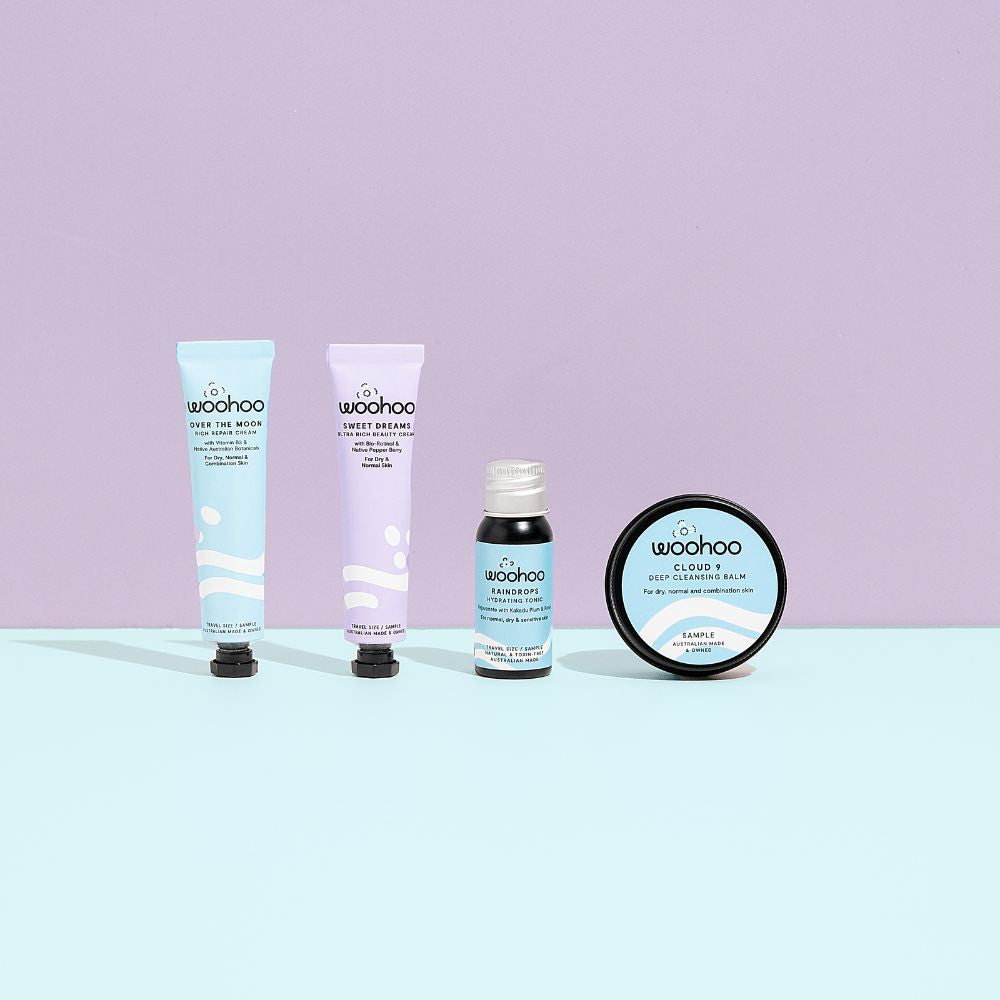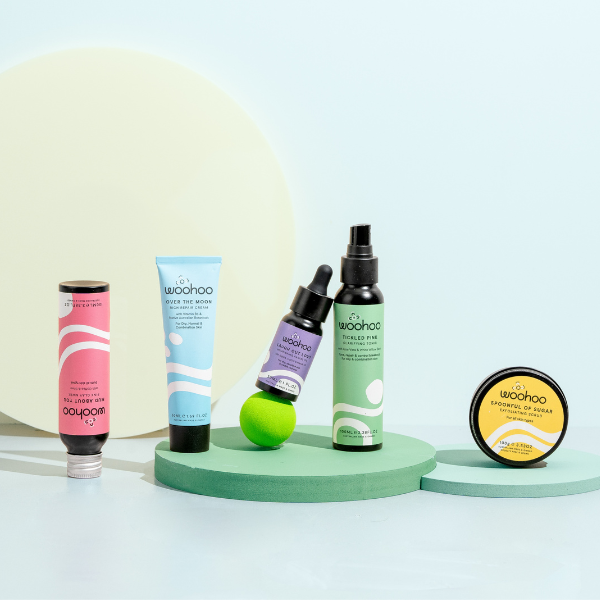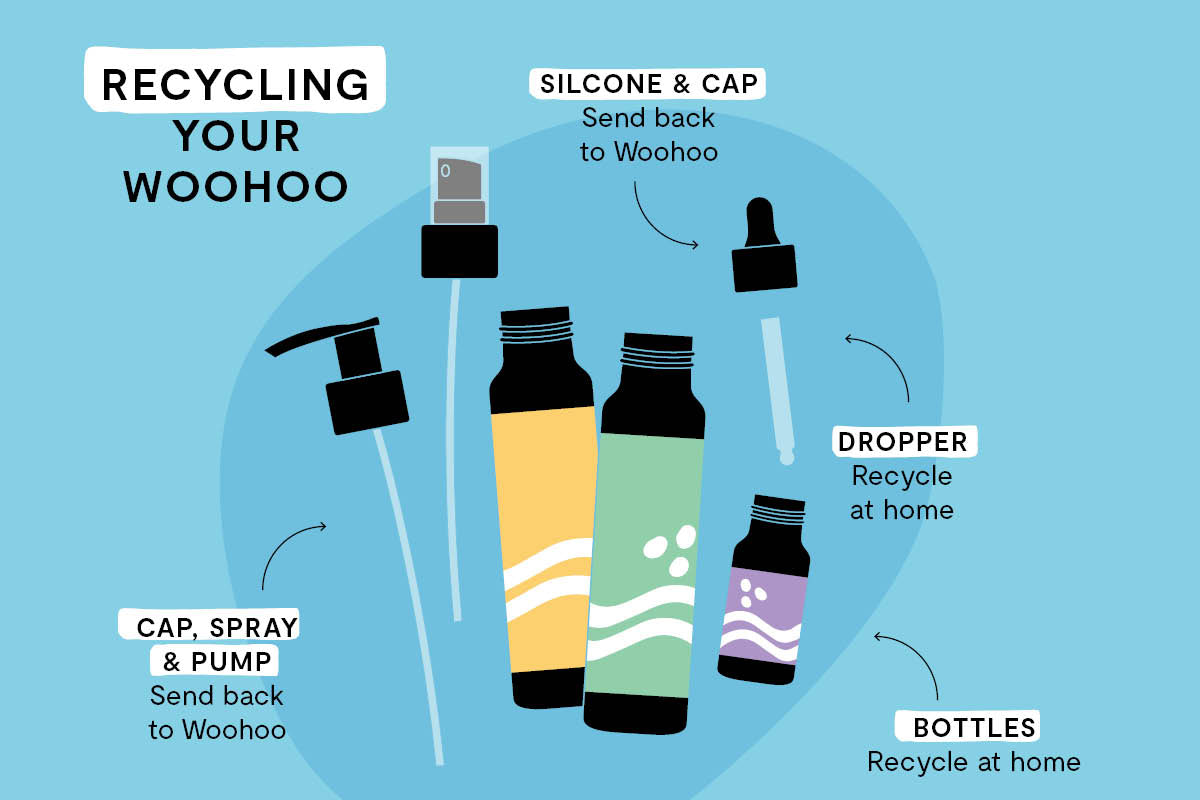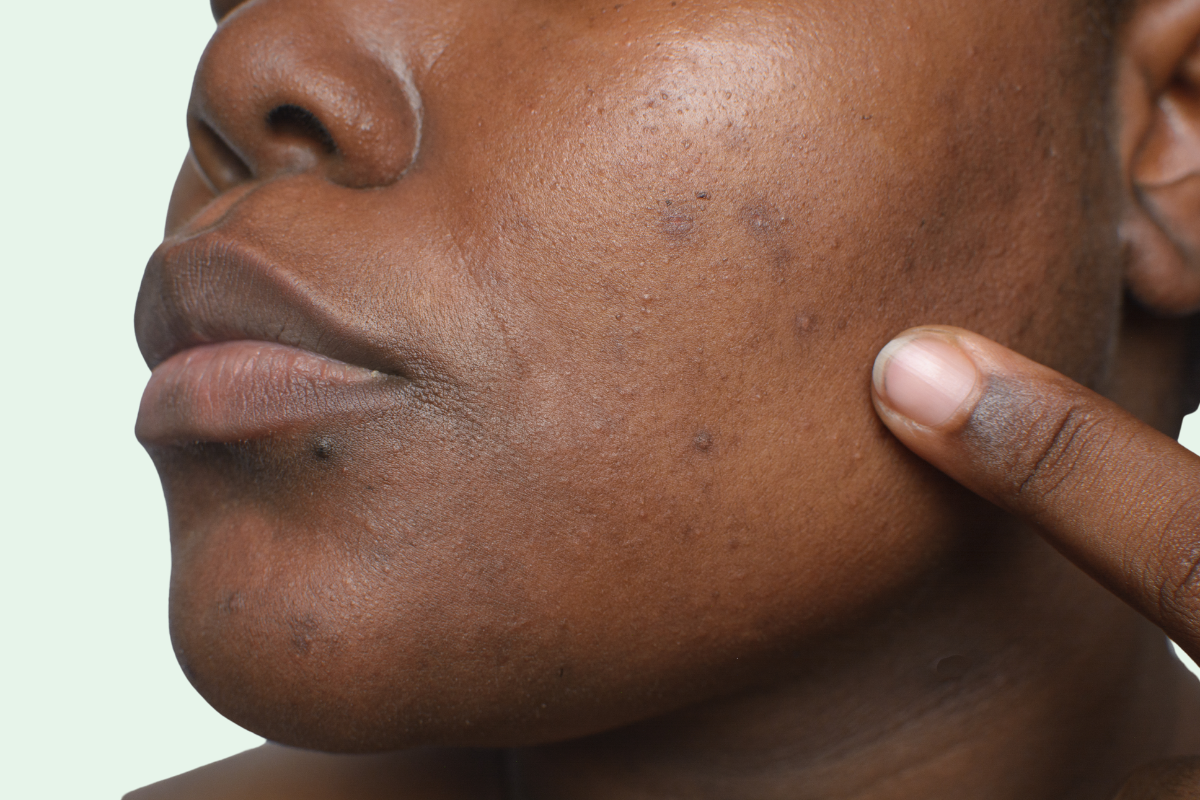Reading product labels should be easy, right?
So why does it sometimes feel like labels are written in an entirely different language?
If you find yourself staring at product labels wondering how in the world you’re supposed to understand them without a science degree, you’re not alone!
Forget feeling confused, overwhelmed, and irritated. Here are our top tips to help you decipher product labels and make an informed (and very intelligent) choice.
Order of ingredients
Aside from the pretty packaging and marketing claims, it’s important to know what’s actually in your skincare. First and foremost, the ingredient list should be your go-to.
Rather than being listed willy-nilly, ingredients are listed in descending order. This means the first ingredient is contained in the highest amount and the last ingredient on the list has the lowest amount.
Of course, there’s always a disruption to the rule. In this case, any ingredients that are included at a concentration of less than 1% can be listed in any order.
Science-y names
Ingredient lists *should* follow the International Nomenclature of Cosmetic Ingredients (INCI) format. As such, plant-based ingredients are listed by their Latin name and synthetic ingredients are described by their chemical name.
Yes, this can definitely make it a little more time consuming to decode the label, but it’s not impossible. In some cases the familiar name is listed too, but this is up to the manufacturer to include this. You just have to cut through the clutter.
You might be thinking… surely it would be helluva lot easier to just write Shea Butter rather than Butyrospermum Parkii! Indeed, it would. But the reason companies adhere to the INCI format is so that you, the consumer, know exactly what you’re putting on your skin.
Ordinary names often don’t describe the exact variant of the ingredient. So while INCI ingredient lists can be a little bewildering, they’re actually quite useful.
Still confused? Cosmetics Info and the EWG Skin Deep websites are both great resources for interpreting ingredients. You simply pop an ingredient (either by its sciency or common name) in the search bar to find out what it is and how it’s used. Easy!
Understanding buzzwords
Buzzwords are tricky. You may think you know what they mean, but it’s important to read in-between the lines.
For example, ‘natural’—now that’s a term that’s easy to understand! Umm, sadly, this isn’t always so.
The term ‘natural’ on cosmetic packaging isn’t regulated or universally defined. So while you might believe a product that claims to be ‘natural’ is free from nasty chemicals, this might not actually be the case.
Non-toxic is another buzzword with little regulation. If a product says it’s non-toxic, you’d expect it to be free from ingredients that have been linked to toxic responses in humans. However, it might still contain ‘iffy’ ingredients that have question marks around them.
So, how on earth do you avoid being bamboozled by the latest and greatest buzzwords?
Well, that’s easy. You ignore them.
Forget buzzwords and instead focus only on the all-important ingredient list.
If you want skincare that’s good for you, assess the ingredients list to make sure there are no questionable ingredients like parabens, sulphates and artificial colours or fragrances. Plus, always buy from a brand you trust.
Expiry dates
Did you know that here in Australia, cosmetic companies are not legally obliged to add an expiry date to their products?
What the!?
Before you freak out, let us explain a little further.
No one expects their skincare or cosmetic products to last forever. And the last thing any company wants is for annoyed customers to contact them saying their products have gone off.
However, the shelf life of your skincare is dependent on many factors. If you stick dirty digits in your moisturiser it sure as heck won’t last as long as if you only ever use clean fingers—or better still, a mini spatula or teaspoon!
Likewise, if you leave lids off or you store your skincare products in direct sunlight—just like in Gremlins, bad things will happen.
Expiry dates are just guides on how long you can expect to use the product for and they depend heavily on how your product is stored and handled.
If you take super good care of your products, which generally means keeping them away from heat, sunlight, moisture and bacteria, they may last longer than the Expiry Date or Period After Opening states (read on to find out what PAO is!).
On the flipside, if you don’t look after your products, you may be discarding them much sooner than you’d like.
Here at Woohoo Skincare and Woohoo Body we test our products to 18 months of shelf life, but depending on how they’re stored (in a cool, dry place), you may just get longer out of them.
Creams will generally have a shorter shelf life than oils because they have water in them, and water is where things like bacteria and mould tend to develop.
While we don’t put expiry dates on our products, we do make sure every product is batch coded. This code can resemble a date but it’s not – so if you’re curious to find out the manufacturing date of your product just contact us at any time and let us know the batch number so we can look it up for you 😊
Period After Opening (PAO) indicators
You’ll notice that instead of Expiry Dates, our product labels feature a little picture that looks like a jar with its lid off, and there’s a number on the jar. That picture is telling you how many months you’ve got to use your product after opening.

Most of our creams are best used within 6 months of opening for maximum freshness and efficacy, and oils tend to be a bit longer. But just like expiry dates, these are just guides and it all comes back to how you store your product.
Storage Hint:On our labels we recommend that our products are stored under 30 degrees Celsius. Sometimes it can be handy to store your products in the fridge to escape high temperatures, but it’s best not to refrigerate them long term as we haven’t tested their stability for long durations at temperatures of less than 10 degrees (your fridge is around 4 degrees). The ideal temperature for your skincare products is actually 10 to 15 degrees and if you feel like splashing out you can even purchase a nifty little cosmetic fridge to maintain this perfect temperature for your products. Or go for a wine fridge and keep both your skincare AND your wine at optimal temps!
We hope this blog has helped you see that when it comes to skincare, it’s important to be able to cut through the clutter on an ingredients label and make sense of it all. This way, you’ll know precisely what it is you’re putting on your skin!








